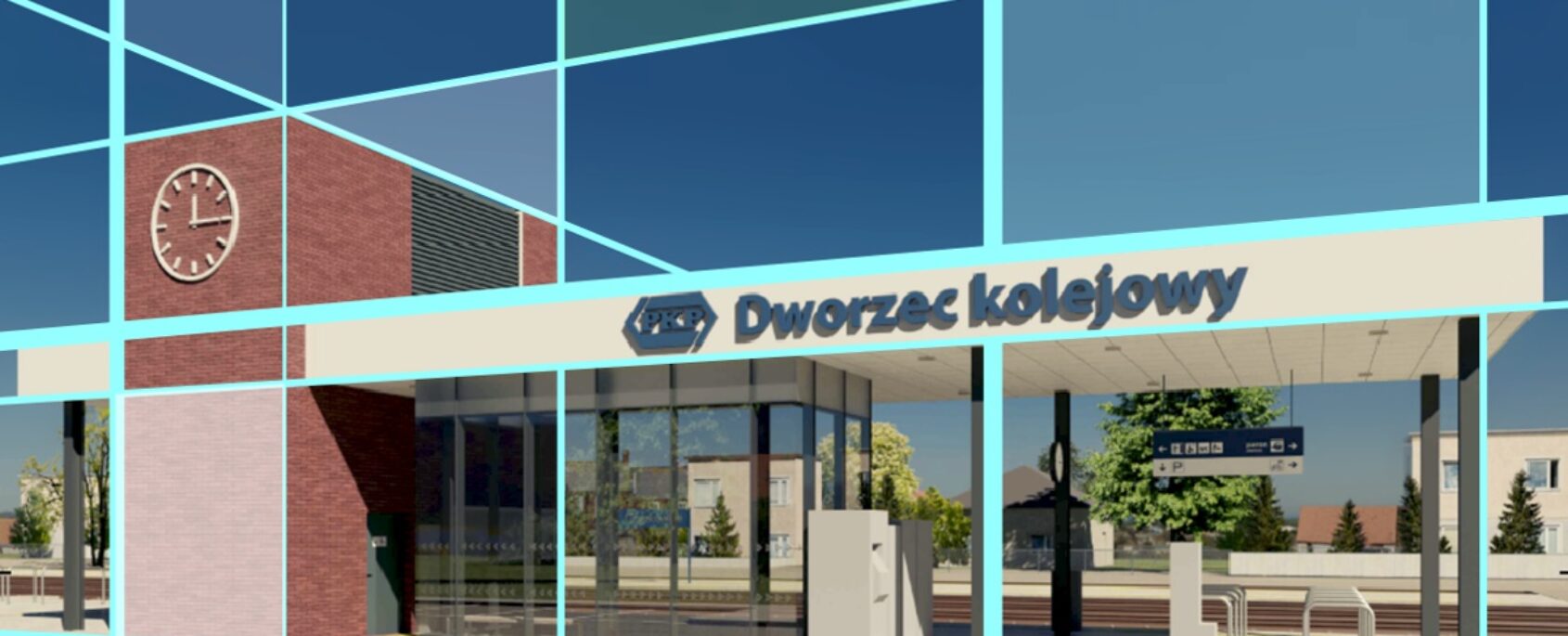Everest5 will implement a keyless station locking system across 20 sites with an advanced analytical system.
Among the hundreds of programmes implemented in Poland thanks to European Union funding, railway investments are certainly among those that most improve quality of life. Over the past decade, the media has widely reported on modernisation of rolling stock, upgrades to specific lines, and the redevelopment of railway stations in major cities (Warsaw, Kraków, Poznań, Katowice). The Italian Pendolino train at one time became a symbol of all these changes. Meanwhile, operating more quietly in the background – yet no less important – is the Railway Station Investment Programme, scheduled for the years 2016–2023. By the end of the programme, investor PKP S.A. will have spent around PLN 1.6 billion on the construction or modernisation of a total of 189 facilities.
‘At as many as 20 of these, Everest5 is delivering systems for remote station management’.
‘Our scope of work comprises electrical and low-voltage installations, including the Intrusion and Hold-up Alarm System, Access Control System, CCTV System, and structured cabling, together with active devices for all systems and communication’, says Daniel Miłosz, Vice President of Everest5’s Management Board. ‘We take a holistic approach to the building’, he adds. ‘The systems provide passengers with safety, comfort, and information, while also offering the investor’s services with tools for remote building management – both for day-to-day operation and long-term maintenance of the facility’.
The guiding idea behind the design of new stations is unstaffed operation. Stations outside major cities, with few trains stopping each day, cannot afford to employ enough staff to ensure the safety, cleanliness, and supervision of all equipment on their premises. Therefore, it is essential to apply modern systems that allow station operation to be as automated as possible. In addition to the keyless building locking system, building automation, and PSIM (Physical Security Information Management), Everest5 is also introducing VMS – an advanced analytical tool.
‘Everest5 is also introducing VMS – an advanced analytical tool’.
‘VMS stands for Video Management System’, clarifies Daniel Miłosz. ‘The purpose of video analytics at the station is to support the work of operators overseeing safety. Depending on the location, we monitor for abandoned luggage and crossings of virtual boundaries (during nighttime hours when the station is closed). Video analytics also supports the station locking system – we use it to check whether anyone is still in the waiting area’.
The new stations of the future are being modernised before our eyes, cutting ties with the period of deepest decline in Polish rail in the 1990s. These are modern facilities, confidently utilising contemporary technical solutions, becoming both functional and safe. Their distribution across the country significantly improves travel comfort for those outside major urban centres.



